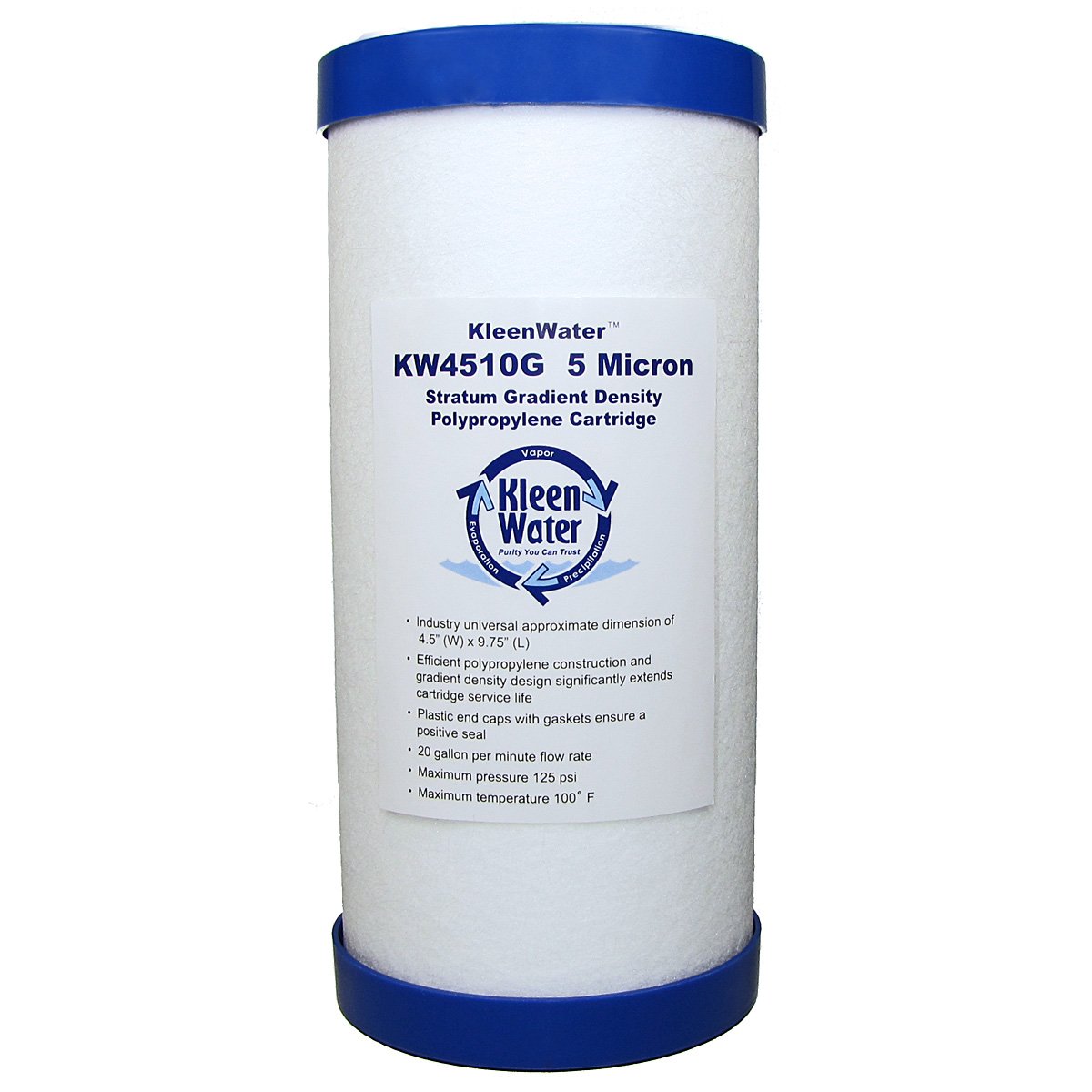Comparing Portable vs. Whole House Water Filters: Which Is Right for You? for Dummies

Understanding the Various Contaminants in Tap Water and How a Filter Clears away Them
Tap water is a practical and conveniently on call source of drinking water for numerous people around the world. Nevertheless, This Is Noteworthy is important to be informed that tap water may consist of different impurities that can easily posture health threats if ate over an lengthy period. These pollutants can easily originate coming from all-natural sources, industrial tasks, or also the aging facilities of the water distribution device. To guarantee the protection and quality of faucet water, many individuals choose to use purification devices. In this write-up, we will discover the different pollutants discovered in tap water and recognize how a filter eliminates them.
1. Chlorine
Chlorine is generally made use of as a disinfectant in municipal water treatment vegetations to eliminate germs and various other damaging bacteria found in tap water. While bleach is effective at getting rid of pathogens, it can easily additionally create an unpleasant flavor and stench. Additionally, continuous direct exposure to chlorine may have unpleasant wellness effects. Purification bodies equipped along with activated carbon filters properly get rid of chlorine coming from faucet water through adsorption.
2. Massive Metallics
Heavy metallics like lead, mercury, arsenic, and cadmium may infect touch water with industrial runoff or rust of plumbing materials containing these materials. Long term direct exposure to hefty metals may lead to various health and wellness concerns such as organ damage and developing problems in children. Filtering systems with switched on carbon filters combined along with ion swap innovation are highly effective at clearing away hefty steels from tap water.
3. Pesticides and Weed killers
Agrarian strategies often include the use of chemicals and herbicides which may find their method in to groundwater resources that supply faucet water systems. These chemicals present potential wellness threats if taken in regularly over opportunity. Advanced filtering methods such as reverse osmosis or coarse-grained triggered carbon dioxide filters are dependable at clearing away pesticides and weed killers from tap water.
4. Drugs

The improving make use of of pharmaceutical drugs has led to worries regarding their presence in water faucet water. These medicines can enter into the water source by means of excretion, inappropriate fingertip, or from pharmaceutical production vegetations. Although the levels of drugs in tap water are usually reduced, there is actually still a need to resolve this issue. Innovative filtration technologies such as reverse osmosis or triggered carbon filters with additional adsorbents can easily efficiently clear away lots of pharmaceutical compounds.
5. Microorganisms
Bacteria like micro-organisms, viruses, and bloodsuckers can pollute tap water and lead to severe health problems such as intestinal infections. Metropolitan water therapy plants generally utilize disinfection methods like chlorine to eliminate these microorganisms. However, some virus might be resisting to disinfection or get into the system after treatment due to pipe cracks or other problems. Filtration systems geared up along with fine mesh membranes or ceramic filters can effectively remove these microbes coming from touch water.
6. Debris
Sediments such as sand, silt, and corrosion fragments may be current in touch water due to aging structure or disturbances in the distribution body. While not essentially harmful to health, debris can easily affect the flavor and appearance of consuming water. Filtering devices with debris filters are designed exclusively to entrap and remove these fragments coming from tap water.
In conclusion, touch water can contain numerous impurities that have the possibility to posture health and wellness dangers if taken in over an extensive time frame. By understanding the various pollutants located in touch water and making use of suitable purification systems, we may guarantee that our consuming water is safe and of higher top quality. Whether it be chlorine, massive steels, chemicals, drugs, microbes, or debris - an reliable filter plays a vital function in removing these pollutants and delivering us with tidy and healthy and balanced consuming water.
Take note: Word count - 500
